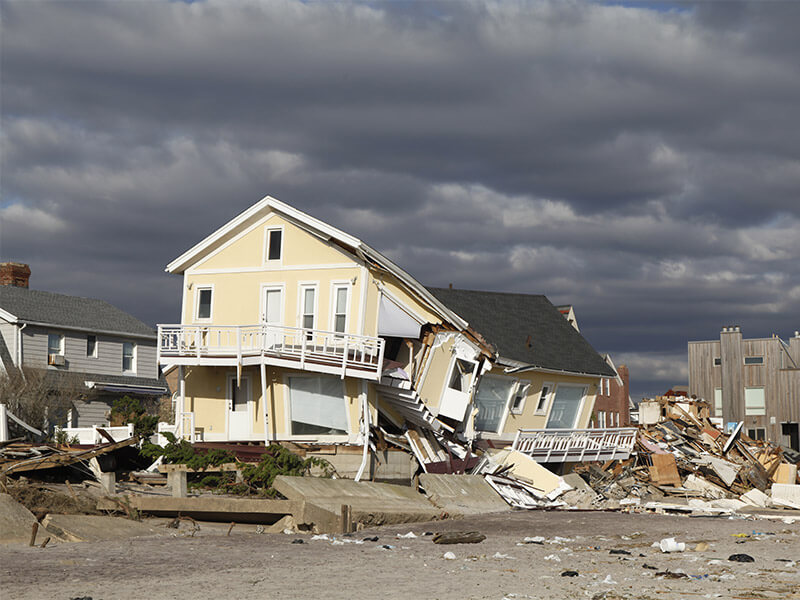South Carolina Floods: At a Glance
Like many other states, South Carolina is home to more than one geographic region. The state is divided by two major regions – the Piedmont Plateau to the west and the Coastal Plain to the east – separated by what is called a “fall line.” Additionally, the northwest corner of South Carolina boasts the Blue Ridge Mountains, which is the genesis for the major rivers that flow through the state. Unlike many other states, South Carolina doesn’t have wet and dry seasons, but rather wet seasons that are either light or heavy. In fact, there is no part of the state that receives less than an average of 2 inches of precipitation a month. The vast majority of the state is drained by three of the state’s river systems: Pee Dee, Santee, and the Savannah.
Major Rivers:
- Great Pee Dee
- Santee
- Savannah
- Waccamaw
River Basins:
- Broad
- Catawba
- Edisto
- Pee Dee
- Salkehatchie
- Saluda
- Santee
- Savannah
Some Major Lakes:
- Lake Marion
- Lake Strom Thurmond
- Lake Moultrie
- Lake Hartwell
- Lake Murray
- Russell Lake
- Lake Keowee
- Lake Wylie
- Lake Wateree
- Lake Greenwood
- Lake Jocassee
Here are some facts about rainfall in South Carolina you might not know:
- The northwestern part of the state receives more rain in the winter, while the rest of the state receives more rain in the summer
- Like the rest of the coastal states, the greatest threat of tropical storms and hurricanes is during hurricane season from June 1st to November 30th
- The highest average yearly rainfall amount happens in the northwest part of the state
- Between 70 and 80 inches of precipitation fall at the highest mountain elevations
- The foothills receive an average of between 60 and 70+ inches of rainfall a year
- The average yearly rainfall amount for the Piedmont Plateau’s southern and eastern areas is between 45 and 50 inches
- The Coastal Plain receives a yearly average of rainfall between 50 and 52 inches
- The Midlands are the driest area of the state, with year averages between 42 and 47 inches of rainfall
What Types of Floods Affect South Carolina?
According to the state’s Department of Natural Resources there are 5 primary types of flooding that affect South Carolina:
- Flash Floods - Primarily located in the mountainous northwest, they can also happen in cities where there isn’t a lot of natural ground to absorb excess water.
- River Floods - Both the Piedmont Plateau and the Coastal Plain can experience significant river and stream flooding.
- Coastal Storms and Hurricanes - Because part of South Carolina’s coast borders the Atlantic, the shoreline is susceptible to the devastating effects of tropical storms and hurricanes, including significant flooding, high storm surges, and beach erosion. Storm remnants can also travel well inland, causing flooding in other areas of the states. Because much of the state’s development, and consequently the number of residents, is located in the floodplains, coastal storms and hurricanes are the number one cause of flooding in the state.
- Local Drainage - Anywhere in the state can experience localized flooding due to improperly maintained or clogged drainage systems.
- Dam Failure - There are literally thousands of dams in South Carolina and flooding can happen at any one of them if they are overtopped or breached by excessive water.







